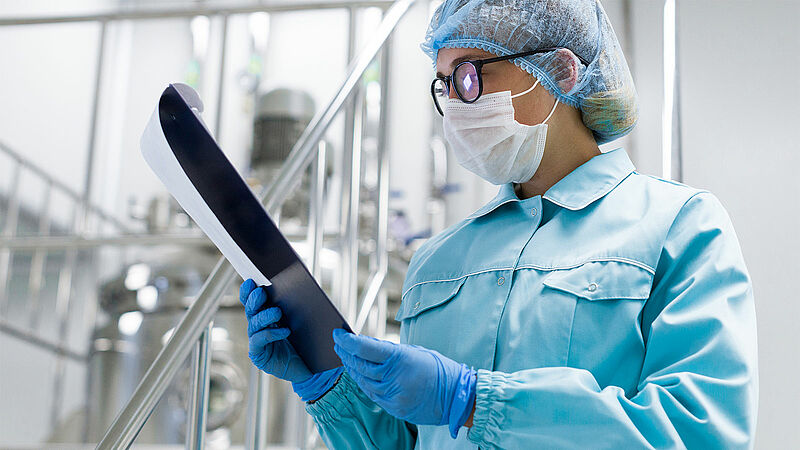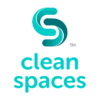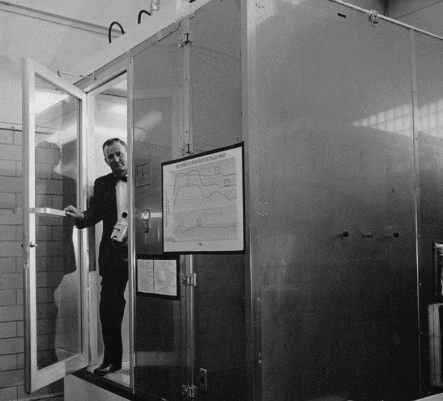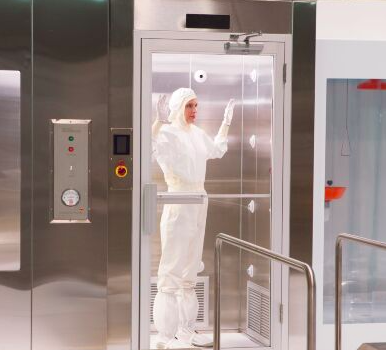
As we know, cleanrooms are sterile environments used to create and store products in a contamination-free environment. Cleanrooms are vital for the production of medical devices and biological products like vaccines and pharmaceuticals. They also play an important role in research laboratories and the manufacturing of semiconductor materials. Not only are these rooms used for careful production procedures in many different industries, but they also endure lots and lots of documentation and data tracking. Unfortunately, this is normally done via pen and paper. Old school.
Cloud-based software is a common type of software that is located on remote servers accessed over the internet. This kind of software allows users to access data stored in the cloud from any device, anytime, anywhere. It is highly secure as it employs sophisticated security protocols to protect user data from unauthorized access or damage.
This type of software is what allows people to take pictures and access those pictures wherever they are, on whatever device they have that can access their cloud. Very handy.
The thing is, cleanroom operations and many other operations in any facility, rely heavily on paper and pen to track data such as testing results, logbooks, work instructions, virus detection protocols, safety checklists and so forth. All this paperwork needs to be carefully documented, reviewed for accuracy, filed away for safekeeping and then retrieved when needed. This cumbersome process can be time consuming and wasteful if done manually with paper logs or other forms of physical documentation.
Who knows when a document will go missing, or when there has been a misprint and you need to start documenting all over again. The process is tedious and unpredictable.
Using cloud-based software to manage cleanroom operations eliminates the need for cumbersome paperwork like paper logbooks and spreadsheets. It also makes tracking easier by allowing quick access to test results while ensuring data accuracy with built-in safety checks.
The use of cloud-based systems reduces labor costs associated with tracking processes since manual labor is no longer required to maintain records or update information. In addition, cloud computing solutions can be adapted according to changing regulations or demands quickly with minimal disruption to existing procedures or workflow activities within the cleanroom setting.

Cloud-based software also allows for improved communication between departments and better coordination of resources. With the ability to access data from any device at any time, cleanroom managers can more easily coordinate activities with other departments and ensure that operations are running smoothly.
This is why Clean Spaces uses cloud-based solutions that offer significant potential to streamline cleanroom operations by reducing paperwork, improving communication, and facilitating data-sharing. As the demand for cleanroom environments continues to grow, cloud computing is becoming an increasingly essential tool for managing and optimizing complex operations.
By leveraging the power of cloud-computing technologies, like Clean Spaces, cleanroom managers can ensure that their departments are running smoothly and efficiently while keeping up with regulatory requirements. As the technology continues to evolve, cleanroom managers will have more options for leveraging cloud-based solutions and taking their operations to the next level.
Let’s own up to the fact that traditional data tracking is a means for chaos. Yes, of course, you could always have a great strategy in place that runs decently and reaches a reasonable form of organization, however, cloud-based software as advanced as Clean Spaces will completely transform data tracking in industries all of the world. It’s time to upgrade.



